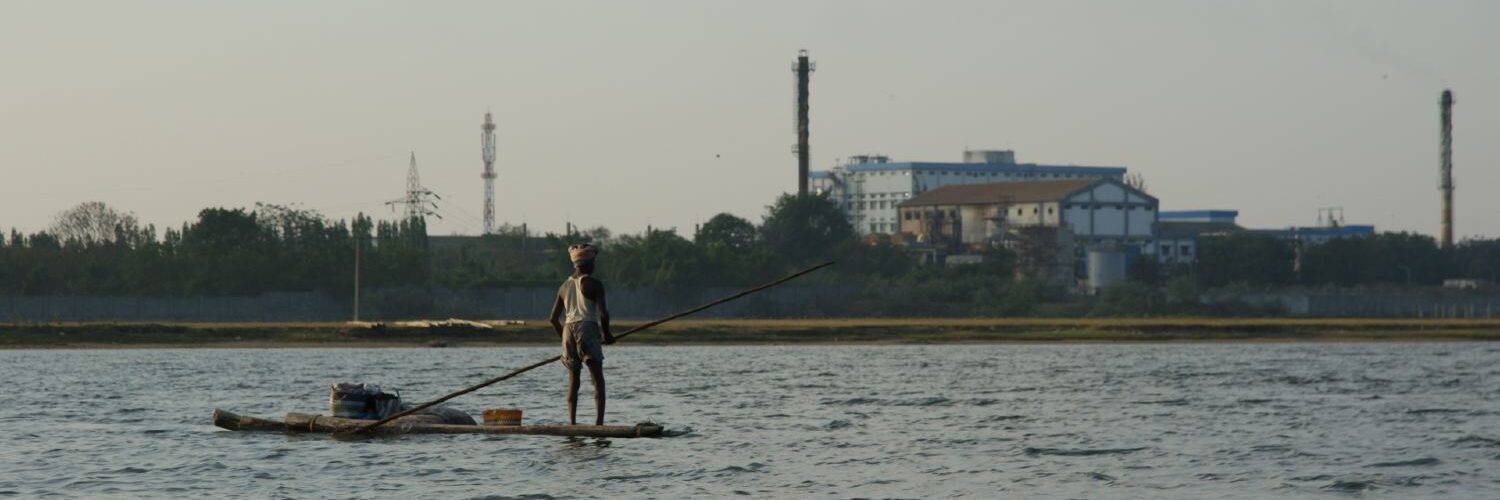Oct 29, 2012
Sruthisagar Yamunan and Yogesh Kabirdoss
The New Indian Express
What do the numbers that study after study throw up near dumpyards, really mean as far as health risks are concerned? The United States Environmental Protection Agency has spelt out in clear terms the effects of long-term exposure to high levels of RPM. Numerous scientific studies have linked particle pollution exposure to a variety of problems, such as nonfatal heart attacks, irregular heartbeat, aggravated asthma, decreased lung function and increased respiratory symptoms, such as irritation of the airways, coughing or difficulty in breathing. In patients with a history of heart and lung issues, particle pollution can cause premature death.
However, experts claim that the more serious issue that came out of such studies is the presence of neuro toxins and carcinogenic substances in the samples.
According to a noted neurologist, sustained exposure to higher levels of manganese could result in “Parkinsons Disease-like symptoms”, such as slow movements. “It is explained by the acronym TRAP: Tremor Rigidity Akinesia and Postural instability,” said the doctor who was a former professor of neurology at the Madras Medical College.
Lead, on the other hand, affects the nervous system and is especially detrimental to children. One of the primary ways in which patients get exposed to lead is eating in an environment with lead-tainted dust, a classic case that environmentalists say is found in places around dumpyards with unsegregated waste. Besides, treatment for lead exposure is long-term in nature and costly, with therapies having their own set of side effects.
Copyright © 2012 The New Indian Express. All rights reserved.
